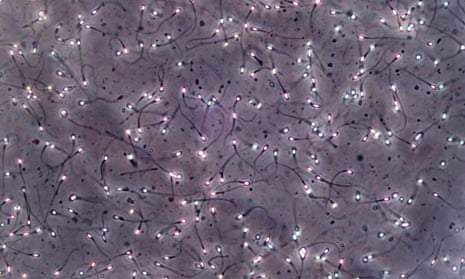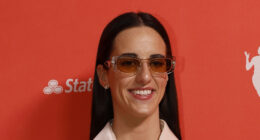Urgent calls for Australia-wide register of sperm donations amid concerns about ‘prolific’ donors
Experts say informal donations a ‘huge problem’ that could lead to trauma for donor-conceived people who find they have dozens of half siblings

Advocates are calling for a national register to track sperm donations across states, especially as increasing numbers of informal donations are not recorded at all.
Under the current system, there are various databases and ways of tracking donor conceptions but not a consistent national system – and not one that tracks those conceptions that happen outside of fertility clinics.
That raises concerns about “prolific donors” having more families than are allowed under the current caps (which are five or 10 families in most states). It can also be traumatic for donor-conceived people to find out they have dozens of half siblings, and also raises the risk of accidental incest.
Peak body Donor Conceived Australia (DCA) said there was currently a “postcode lottery” because each state and territory had different legislation on the removal of anonymity for donors and the release of information on donors to donor-conceived people.
Every state and territory has had a review or inquiry in the past decade or so.
The DCA national director, Aimee Shackleton, said it was possible for someone in Victoria to find out they had 12 siblings, then years later through an ancestral DNA sharing website find another nine in NSW, and another seven in South Australia.
“Sperm was transferred across states in Australia and, once it leaves a state, nobody keeps records of what happens to it,” she said. “When donor-conceived people find out they have that many siblings, it is very distressing.
“We are now advising our members that you will never really know when you get to the full number.”
There was also a “huge problem” with informal donations, Shackleton said, where thousands of people were sourcing sperm and eggs online in an unregulated environment. She said information needed to be kept in a central register, “not just on someone’s computer or in someone’s head”.
READ RELATED: Lidos live again: UK braces for outdoor swimming pool revival
She said there needed to be a common list and common legislation across Australia.
“Currently we have a postcode lottery that creates a class system within our donor-conceived community based on where they were conceived,” she said.
Rebecca Kerner, the Australian and New Zealand Infertility Counsellors Association chair, said a national system could allow monitoring of conceptions, as well as counselling and other records.
“We need a central register across Australia, and a central bank so that everyone operates out of the same one … and it’s not dependent on which doctor they go to,” she said.
La Trobe University’s law school dean, Prof Fiona Kelly, has a particular focus on family and health law, the regulation of assisted reproduction and donor linking. She said creating a national register was complicated, because it was generally a state issue, but that the states could coordinate.
“State governments get together in other areas of the law to harmonise. There’s a history doing that if we think of this not as health law but family law,” she said.
“If all the state governments were willing to come together and agree on a uniform law that they each adopted, it could be administered and funded at a state level.”
She said there had been major shifts in informal donor conception. It used to be a small-scale process in lesbian and gay communities, but now thanks to the internet it was happening on a much larger scale, using strangers. And those strangers might not want to be officially registered, she said.
Source: Health & wellbeing | The Guardian




